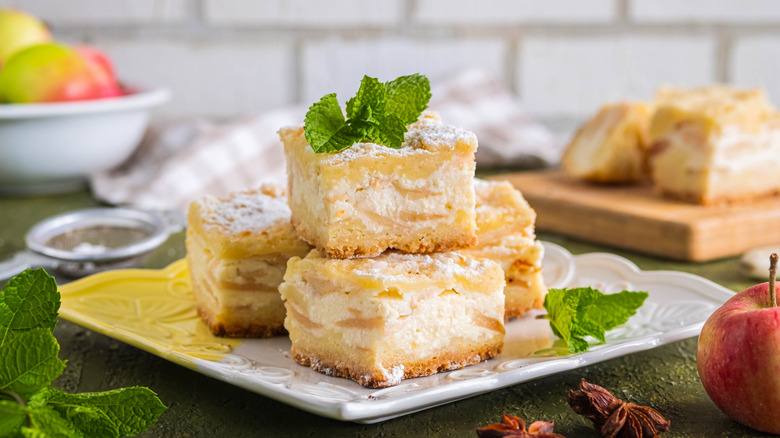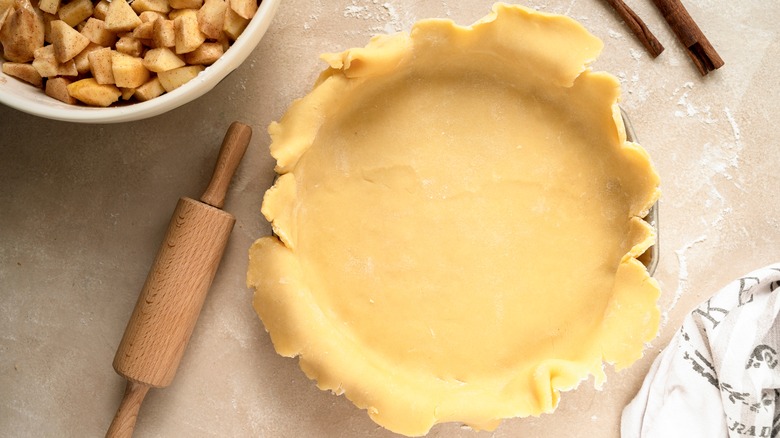Raw Egg Yolks Vs Cooked: Which Is Better For Baking Shortcrust?
The perfect shortcrust texture already exists. We see it with beautifully flaky treats such as the treacle tart and tomato pie. So why challenge that? Maybe because the perfect shortcrust gets even better with the implementation of one little secret: the use of cooked egg yolks in your dough.
To understand this little-known fact, we'll start with the foundation, which comprises of flour and fat. These two are the basic ingredients needed to achieve shortcrust. In fact, the term "short" in shortcrust signals that there's a prominent amount of fat in the dough, which shortens the flour's gluten strands. On top of that, fat lends to the final texture of the shortcrust. By coating the flour with fat instead of just water (as with bread), the flour particles separate and you get a crumbly baked dough.
Consider that when adding raw egg yolk to shortcrust pastry, you're essentially adding fat, water, and protein. And because fat takes up a large percentage of egg yolk content, egg yolk is an excellent shortener in shortcrust pastry. So just like fat, egg yolks contribute a crumbly texture, but also a golden hue that makes pastry ten times more appealing.
The case for cooked egg yolks
Along with the fat found in raw egg yolks comes water. And when water meets flour, it activates the latter's gluten strands. That spells a recipe for bread. That airy, chewy texture you get in a loaf of homemade sandwich bread is due to this reaction. And while bread's texture is second to none, it's not what you're seeking when you bite into shortcrust. With shortcrust, you want a drier, flakier texture that is a testament to less water in your dough, and that's where cooked egg yolks are essential.
The act of cooking an egg yolk denatures its proteins and causes the egg to solidify, such as with a boiled egg. So, ultimately, you start with an egg full of liquid and end up with a solid. Take that cooked, solid egg yolk and add it to flour in place of raw egg yolk and your shortcrust pastry turns out more tender. The reason is that in solid form, egg yolks hinder gluten formation — and the less gluten present, the less chewy your baked product.
To put this into action, simply replace raw egg yolk by pressing a boiled egg yolk through a sieve and into your shortcrust dough. This timeless method works even when a recipe doesn't call for egg yolks. Either way, you get to add fat to your dough while reducing the amount of liquid, which seems to be the perfect condition for a melt-in-your-mouth shortcrust texture to form.

